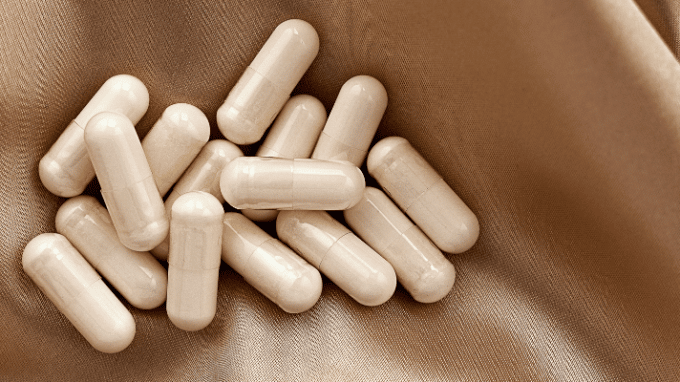Endometriosis is a disorder in which cells resembling the endometrium, the tissue that lines the womb, are found outside the uterus. Symptoms can include everything from chronic pelvic pain to infertility. To help relieve these symptoms, and improve the chance of conception, some women turn to natural approaches to remedy their condition. One such approach is N-acetylcysteine, NAC, this is an herb that can help induce menstruation by reducing inflammation and oxidative stress. Understanding the importance of this approach plays a significant role in improving the quality of life for women with endometriosis.
Understanding What NAC is
NAC is a natural compound that the body makes from the amino acid cysteine. This compound is available in many local health food stores as a dietary supplement, and is also found within multi-ingredient formulas. The component has been studied for its possible roles as an antioxidant, an antibiotic, and a mucolytic, a substance that helps thin cervical mucus.
Currently, only one published trial uses N-acetylcysteine as a treatment for endometriosis. It should be noted that this trial was not a randomized controlled trial, but rather, the subjects themselves collected the data. Because of this, it is impossible to know whether N-acetylcysteine cured endometriosis or only helped with symptoms related to the disease.
What has been found however is that the N-acetylcysteine molecule has been found to regulate inflammatory responses through the interchain disulfide bond. Studies have shown that n-acetylcysteine activates Nrf2, a key enzyme that regulates antioxidant metabolism. This activation can lower inflammation by increasing the production of glutathione, a naturally occurring compound that maintains cellular redox status and reduces oxidative damage.
How NAC Works

Another way N-acetylcysteine works to induce menstruation is by reducing the prevalence of estradiol, a type of estrogen. To be effective, it must be taken in high doses, and estradiol levels will rise at first as the body works to counteract NAC’s effect. This causes an initial increase in pain and bleeding, but is expected to generally subside over time. Note that this is not a side effect of N-acetylcysteine treatment, but rather is part of the normal process of using the compound.
How NAC Can Help Women with Endometriosis
Decreasing inflammation and oxidative stress can aid in lowering pain and has been seen to improve fertility in women with endometriosis. However, NAC’s primary use is for severe menstrual pain. The symptoms of endometriosis can be very painful, debilitating, and difficult to treat with existing medications. Mild-to-moderate daily pain can be significantly improved by using N-acetylcysteine in what is typically considered a recommended dosage of 400 mg twice daily as a starting point for those who cannot tolerate higher doses initially and want to get started on treatment. Like all treatment plans however, dosage can vary and use of NAC should be consulted with a doctor prior to starting.
A major way NAC can be of benefit to the individual with endometriosis is by inducing menstruation. Since endometriosis is believed to be caused by an increased rate of cell growth and estrogens, N-acetylcysteine would probably reduce symptoms associated with the disease.
In short, the benefits of using NAC for endometriosis can be summed up in four uses:
- In some cases, it can diminish pain by reducing inflammation and oxidative stress. This happens when the component stops the production of prostaglandins in the body. These are compounds that cause inflammation and pain when they rise abnormally high.
- NAC tends to induce menstruation by increasing uterine contractions and reducing levels of estrogen. It can help reduce the buildup of estrogen in the body, which may help relieve some symptoms of endometriosis.
- NAC is a natural compound with minimal side effects, although it should not be used during pregnancy. The most common side effects are nausea, vomiting, headache, and diarrhea because of NAC’s effect on hormones in the body.
- It reduces pain by lowering estrogen, a hormone increasingly linked to endometriosis. Estrogen is released from the body at the rate where estradiol levels may increase or decrease, depending on N-acetylcysteine therapy.
While it is not for everyone or every situation, using N-acetylcysteine for endometriosis symptoms may be considered as an alternative treatment. Although further research is needed to understand its full effects, in the meantime, women with endometriosis can partake of a wide range of medications to help manage their symptoms and for some NAC usage may just be a holistic approach that is recommended.




